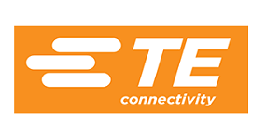Potentiometer Sensors
A potentiometer sensor measures the distance or displacement of an object in a linear or rotary motion and converts it into an electrical signal. TE Connectivity (TE) manufactures various types of potentiometers including linear potentiometers, rotary sensors and encoders, and cable actuated position sensors called string pots. The depth of our portfolio helps solve various application solutions with a variety of customizable variables including measurement range, output signal, and electrical connections.
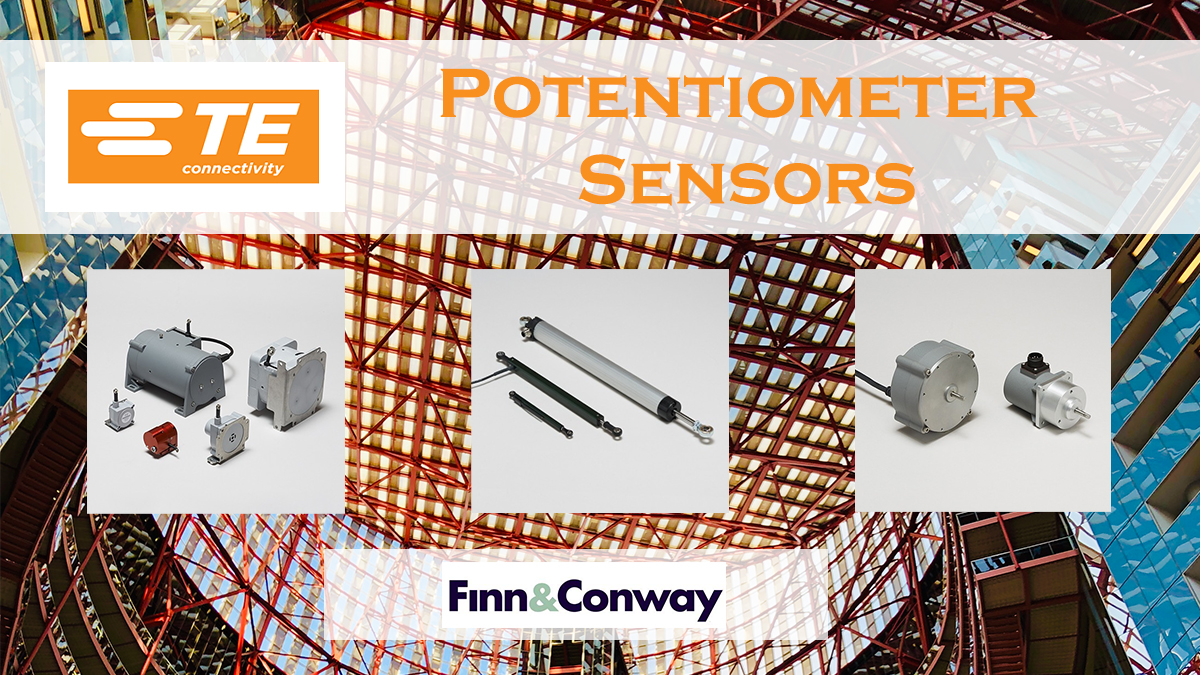
POTENTIOMETER APPLICATIONS
Our potentiometer sensors are qualified for various applications and industries. Custom linear and rotary potentiometers are designed for harsh environment aerospace applications including fin actuation, flight controls, and valve position measurement. In medical applications, linear and string potentiometers are relied on to precisely measure position in robotic devices. Industrial OEM equipment also commonly uses potentiometers, from fork lifts, hydraulic lifts, industrial molding equipment, and oil drilling equipment.
Cable-Actuated Position Sensors
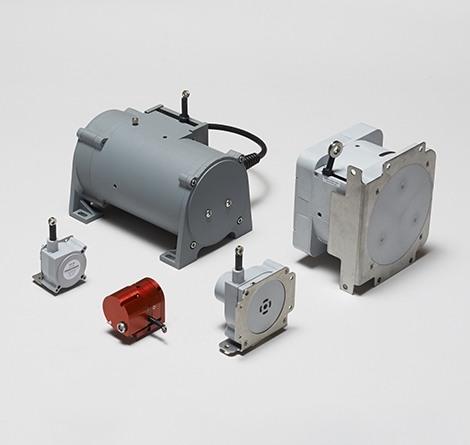
TE Connectivity's (TE) cable-actuated position sensors, proven reliable in automation, commercial vehicle, medical, and test and measurement applications, are easy to install and specified for applications requiring linear position measurement from 2 to 1,700 inches (50 to 43,000 mm).
Product Features:
Capabilities of TE's String Potentiometer Portfolio
- Standard, in-stock packages as well as custom design capability for OEM applications
- Industrial packages with measurement ranges up to 43 meters for use indoors and outdoors
- Analog voltage outputs including: 4-20mA, voltage divider, 0-5V, 0-10V, ±5 Vdc, and ±10 Vdc
- Digital outputs including: DeviceNet, Incremental Encoder, and RS232
- Rugged metal housing as well as plastic packages for compact, economical applications
- Open frame designs for OEM needs with tight space requirements
- Precision packages to 0.05% accuracy and 0.02% repeatability for test and measurement
Linear Potentiometers

TE Connectivity (TE) manufactures high-performance, sealed, linear potentiometers for quick delivery.
Product Features:
Capabilities of TE's Linear Potentiometer Portfolio
- Miniature linear potentiometer designs
- Industrial packages with measurement ranges up to 30" (750 mm)
- Supply voltages from 25 to 48 VDC
- Sealed against the environment with wiper/elements designed for high life
- Rod-end bearings mount for ease of installation and long life
- Designed for various applications including vehicle testing, autosport instrumentation, structural and architectural testing and robotics
Rotary Displacement Sensors
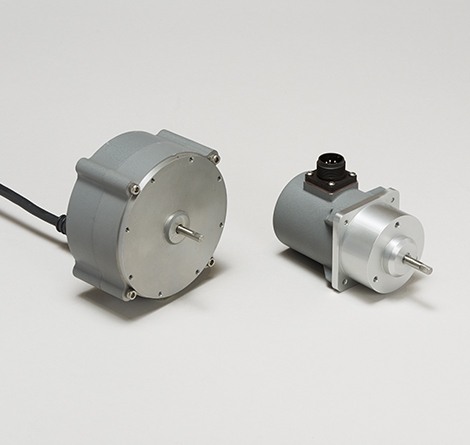
Rotary Potentiometers are a type of rotary position sensor that provides the position feedback signal of a rotating shaft or object. TE Connectivity (TE) sensors are available to meet the customized requirements of customers or in standard packages for quick turnaround.
Product Features:
Capabilities for TE Rotary Potentiometer Portfolio
- Standard rotary potentiometer designs or custom packages
- Analog outputs including 0-10V and 4-20mA
- Digital outputs including CAN J1939 and DeviceNet 2.0
- Wide range of sensing angles
- Packages from 0.5" diameter
- Weatherproof cable and connector options
In order to take measurements, the transducer's body is mounted to a fixed surface and the stainless steel cable is attached to the movable object. As the object moves, the transducer produces an electrical signal that is proportional to the cable's linear extension or velocity. This signal can then be sent to a display, a PLC or data acquisition system.
How do they work?
String pots or cable-extension transducers (CETs) are composed of four main parts:
- Measuring Cable
- Spool
- Spring
- Rotational Sensor
Inside the transducer's housing, a stainless steel cable is wound on a precisely machined constant diameter cylindrical spool that turns as the measuring cable reels and un-reels.
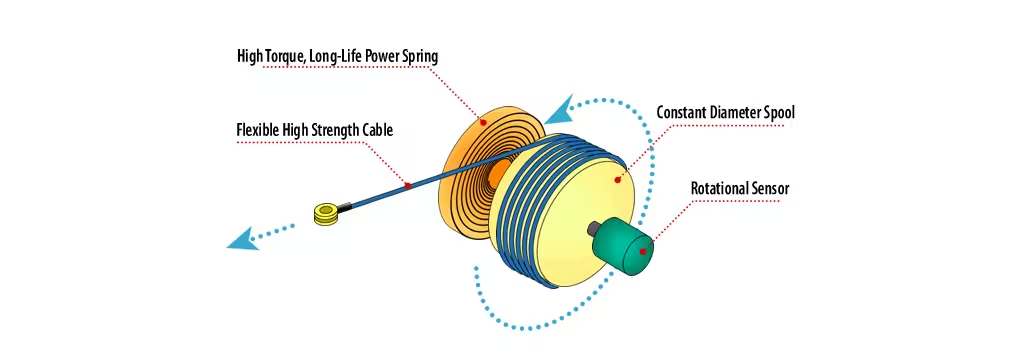
To maintain cable tension, a spring is coupled to the spool. The spool is coupled to the shaft of a rotational sensor (an encoder or potentiometer). As the transducer's cable extends along with the movable object, it causes the spool and sensor shafts to rotate. The rotating shaft creates an electrical signal proportional to the cable's linear extension or velocity.
What type of output signals are available?
- Potentiometric (Voltage Divider)
- 0...10 Volts DC
- 4...20 mA (2-wire)
- 0...20 mA (3-wire)
- Incremental Encoder (Quadrature)
- Absolute Encoder (ask factory)
- RS232/RS422 Communications
- DeviceNET®
- CANbus J1939
What advantages do string pots have?
Measuring the movement and position of objects is easy with string pots. String potentiometers can be installed in minutes, fitted into precarious or tight areas and they do not require perfectly parallel alignment. They also offer great flexibility, a small size to measurement ratio and they cost less than rod or wand-type measurement devices. String pots can be used in a wide variety of applications including industrial factory automation, high-tech medical devices, structural and automotive testing, die-casting or injection molding, hydraulic cylinder control or just about anything else you can think of.
What measurement ranges are available?
TE currently offers full stroke ranges from as small as 0-2 inches and all the way up to 0-1700 inches (140 ft). If you've got any questions or need help selecting a specific model, please don't hesitate to give us a call and one of our applications engineers would be glad to help.
TE CONNECTIVITY

